It is considered most healthy to eat food that is fresh and in its prime. It should also not age, shrink, or rot on our shelves. Such luxury is available if we have easy access to fresh produce, but what could be done in today’s urban scenario, where going and buying fresh produce every single day isn’t possible? People may be busy or unavailable during the store opening hours, or simply be on a holiday. Therefore, we need to find ways to stock up on our supplies, which shouldn’t affect their quality and help retain maximum possible nutrition.
Let us share some really cool techniques that will be helpful to preserve your food, yet keep its taste and feel as natural as possible.
1. Frozen Milk Can Last More Than A Month
Yes, you read it right. Freezing milk is an amazingly easy and effective way to extend its shelf life. Plus, it’s also great because it saves your money by allowing you to buy it in bulk. In that way, you can always avail the bargains at the supermarket without worry. You will be happy to know that thawed milk is perfectly safe to drink and is just as nutritious as fresh milk (1). So, there is absolutely no reason to let your milk spoil.
There is only one precaution to be taken. Milk expands when it’s frozen, so make sure to leave room in the container, so it won’t burst. You can take out some milk before storing, and that should be enough.
Frozen milk can be thawed in the refrigerator or in cold water and is safe for consumption.
2. Using Ice Trays To Freeze Eggs
Freezing eggs when you have more than required or when they are available on sale is again a great way to save money and prevent wastage. Also, it is great to know that you have a few extra eggs in the freezer. It is a savior during those inevitable days when you’re in the middle of a recipe and have run out of fresh eggs, or have no dinner prepared.
In order to freeze either whole eggs or yolks, crack them into a freezer-safe container or ice trays to hold each egg. You can also freeze separated egg whites and yolks. Just make sure to label how many egg whites and yolks are in each partition of the tray. Don’t forget to add some sugar or salt to them as it retains the texture of the whites/yolks. Try to allow as little air as possible while blending. Next, label the container with the date, the number of eggs or yolks, and how much salt or sugar was added. That will give you an idea of the condiments required for later use.
3. Freezing Sauces
Cooking sauces, or otherwise, are packed with flavors and nutrients. It is great to freeze them for later use than wasting them. To freeze sauces, they must be allowed to cool completely. After they are measured into the desired amounts, they can be poured into freezer bags or plastic freezer safe containers. Also, one inch of space should be left while sealing them off. When using a bag, all the air should be pressed out. The bags can then be labeled, stating the amount and contents.
It is interesting to note that they take just an hour or so to freeze and can be thawed or even diced before adding to the dishes
4. Lettuce – Fresher For A Longer Time
Lettuce has a shorter shelf life compared to most vegetables. The best condition to store it is in a humid, cold environment that has minimal air circulation, just like our crisper drawers in the fridge. To keep lettuce fresh for up to a week or longer, here are a few handy tips. First, the core must be removed from the crisp lettuce heads. The head of lettuce or loose leaves in single layers, whichever way you want, can be pressed between two soft, absorbent paper towels. These will absorb excess water but keep the lettuce in the moist conditions that it prefers. Now, they can be stored in plastic containers or zip-locked bags. If you are using a bag, make sure to press out some of the air before sealing it, without bruising the leaves. If you are using a hard container, fill it at least halfway with leaves or the air may spoil them.
5. Retaining The Freshness Of Apples For Months
In order to freeze apples, one must choose fruits that are firm, crisp, and ripe and free of bruises and decay. The whole apples can be washed, drained, and dried. They can be kept in freezer bags and frozen. To thaw, run cold water over each apple before peeling. To avoid any wastage, one can also wrap the apples individually, just to minimize any contact between the apples.
In case one needs to freeze the slices, they can be put into ascorbic acid solution or vitamin C solution to prevent browning (2). They can be drained and stored after that.
6. Storing Carrots Through The Sand Box Method
Take the carrots that you need to store by picking them up very carefully using a fork, avoiding damaging or bruising them. Damaged roots can suffer soft rotting, which attacks through the wounds and causes a slimy decay, spreading out from the center of the carrot.
Cut off the leaves of the carrot tops as near to the crown as possible without damaging them. Clean the soil off. Using slightly damp sand in boxes, place the carrots in layers in a room that is well ventilated. To eat, remove as required. What’s more, this doesn’t even require refrigeration! However, make sure that the conditions don’t get damp or they will rot away.
7. When Storing Cheese And Sour Cream, Storing With The Lid Down Is The New Trick
Cottage cheese, yogurt, and sour cream can be kept in the refrigerator for about a week once opened, for a month or two if they are unopened, and for about three months if they are frozen.
But, there is a popular perception that when such products are kept upside down, there is a vacuum created in the container that prohibits the growth of bacteria. That is why they may last longer without developing molds.
8. Fresh Onions Just A Jar Away
You can save the onions from getting spoiled and limpy using proper storing techniques. There are three ways to do it:
You can place your green onions in a jar, and fill it with an inch or two of water to cover the roots and then place the jar on a window. In fact, you can watch them grow. Just keep on changing the water to keep them fresh.
Alternatively, you could cover them with a plastic bag, and store them in the refrigerator. Keep on changing the water.
You could also cover the two ends of your green onions using a damp paper towel and store them inside plastic zip bags or storage containers.
9. Fresh Tender Herbs In Watered Glassware
The herbs need to be washed and trimmed by their ends. The wilted or brown leaves should be separated from the bunch. These herbs can be bunched together and placed inside a glass container filled with some water. With herbs like parsley and coriander leaves, a loose sheet of plastic or cling film can be wrapped around it. They can then be stored in a refrigerator. In the case of basil, it should be uncovered and kept at a place where it can get some sunlight. The water can be added if required or if there is discoloration.
10. Keeping Honey Fresh And Flavourful
Honey can stay fresh for up to two years if it is properly stored because it doesn’t spoil easily. It is best stored in glass jars or containers at room temperature. It must be kept in mind that honey should be kept away from sunlight, the oven or stove. High temperature can cause it to lose color and texture. The kitchen cupboards are the safest storage places. Glass jars with proper lids are most ideal for stocking honey. If the lid is not proper, honey can absorb moisture and odors. On the other hand, honey can be exposed to harmful chemicals if stored in non-food plastics or metal containers, which can lead to oxidation.
Now that you know these brilliant tips, stop worrying about your food getting spoilt. It is always good to eat fresh, but in the chaos of life, if you can’t keep up with that, these tips will certainly come handy. Let’s make a fresh start!
The post 10 Must Know Tips To Keep Food Fresh For Longer appeared first on STYLECRAZE.
The article source is here:Style Craze

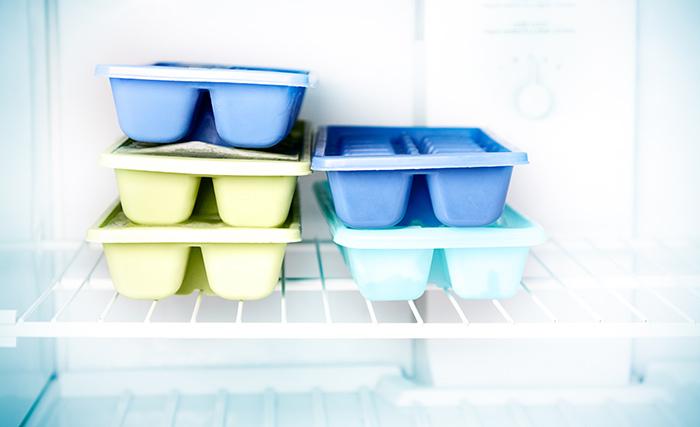

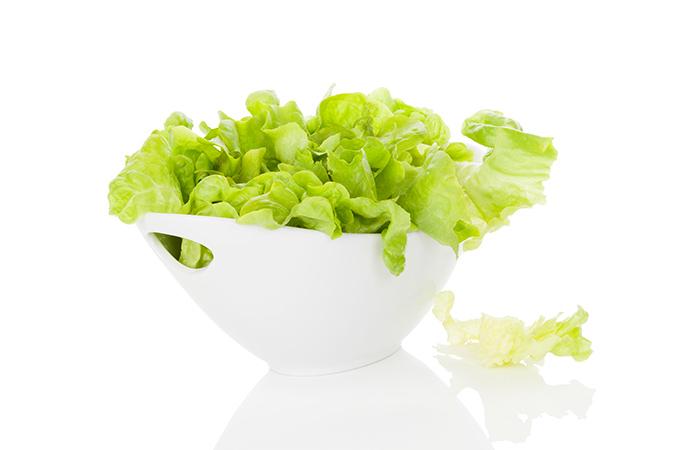
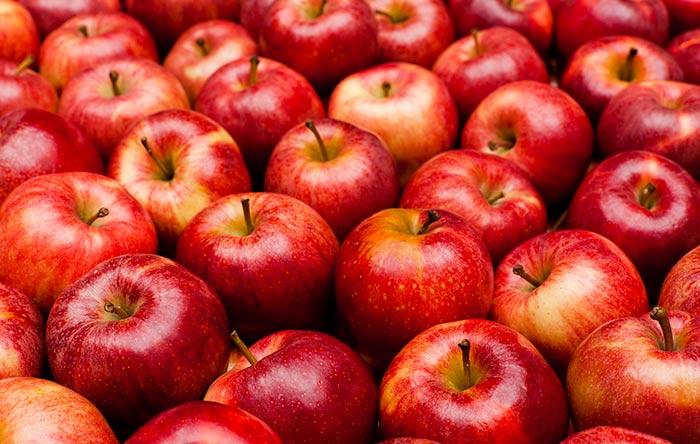
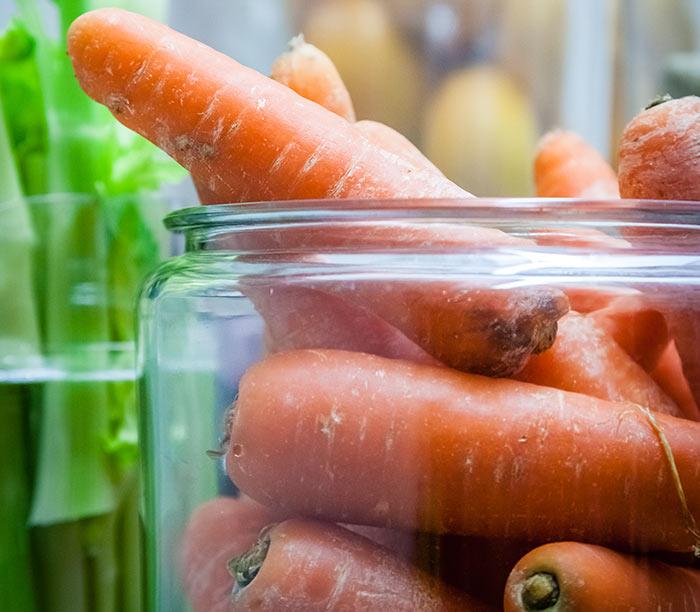
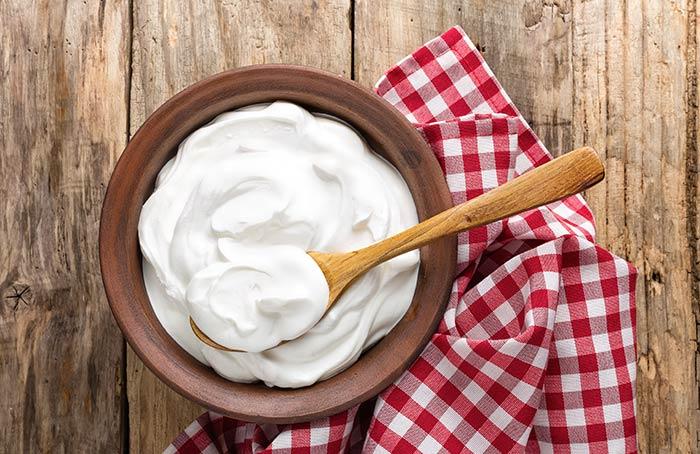
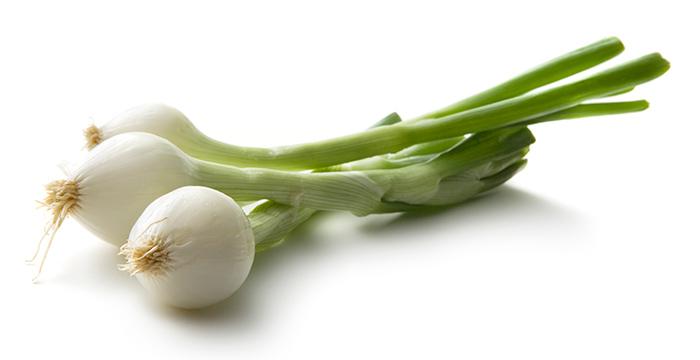

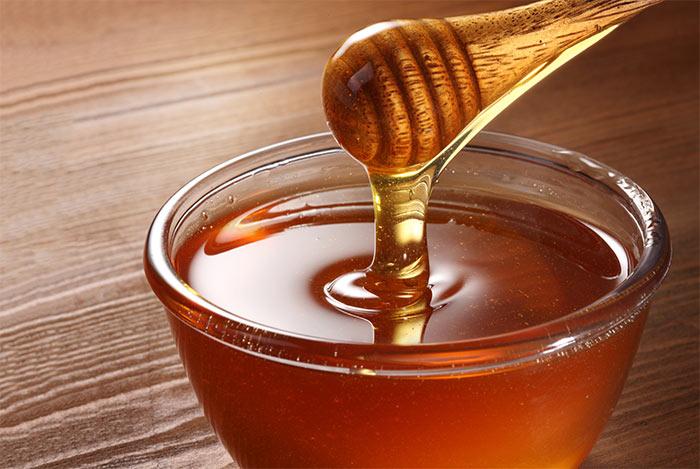
No comments:
Post a Comment